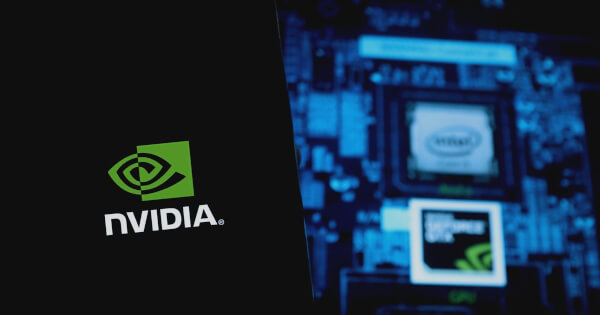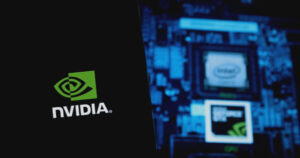Revolutionizing AI: NVIDIA and Meta’s Pioneering Federated Learning for Mobile Devices
By the Extreme Investor Network Team
Published: April 11, 2025
In a landmark collaboration, NVIDIA and the PyTorch team at Meta have unveiled a transformative approach to federated learning (FL), specifically tailored for mobile devices. With the integration of NVIDIA FLARE and ExecuTorch, this new venture signifies a giant leap toward privacy-preserving AI model training across distributed devices — a development that promises to shape the future of decentralized AI.

What Is Federated Learning?
At its core, federated learning is a decentralized machine learning approach where data remains on users’ devices, reducing privacy concerns and enhancing data security. Rather than collecting and centralizing data, FL allows models to be trained locally on devices while still benefiting from the collective intelligence of aggregate learning — translating individual insights into a robust AI model without compromising sensitive information.
Advancements in Federated Learning
In their announcement, NVIDIA emphasized how FLARE, an open-source Software Development Kit (SDK), empowers researchers to leverage machine learning workflows within a federated framework. This integration ensures that mobile devices can participate effectively in FL, paving the way for smarter applications that protect user privacy.
ExecuTorch, a pivotal addition to the PyTorch Edge ecosystem, allows these advanced insights to be harnessed directly on mobile and edge devices. The combined prowess of FLARE and ExecuTorch invites developers to create innovative applications, all while keeping data localized on devices — a revolutionary step in data management.
Key Features and Benefits of the Collaboration
This integration introduces a robust suite of features designed to enhance federated learning, including:
- Cross-Device Federated Learning: By employing a hierarchical architecture, the solution can manage vast ecosystems of devices, supporting millions of individual units seamlessly.
- Scalable Deployments: This design ensures efficient model training without the risk of data leakage, making it ideal for applications across various sectors, from healthcare to finance.
- User-Friendly Prototyping: The collaboration simplifies complex device interactions, empowering developers to rapidly deploy and test new models without extensive overhead.
Overcoming Challenges in Federated Learning
While the potential is vast, the path toward effective federated learning on edge devices is fraught with challenges. Chief among them are the constraints of limited computational capacity and the diversity of operating systems across devices.
NVIDIA FLARE tackles these issues head-on with a structured hierarchical communication system. By leveraging this framework, ExecuTorch facilitates cross-platform deployment, ensuring smooth model updates even in the most heterogeneous environments.
The Hierarchical FL System Explained
At the heart of this endeavor lies a meticulously designed hierarchical FL system, wherein a tree-structured architecture enhances task management. Here’s a quick breakdown of how it operates:
- Orchestrators: Servers manage and coordinate learning tasks.
- Aggregators: These nodes facilitate the routing and collection of model updates.
- Leaf Nodes: Individual devices engage with the architecture, allowing for localized data use.
This strategic design allows for optimal workload distribution, ensures efficient connectivity, and maintains the highest levels of data privacy.
Practical Applications of Federated Learning
The real-world implications of this collaboration are profound. Industries poised to benefit from federated learning technologies include:
- Predictive Text and Natural Language Processing: Enabling devices to learn from user behavior without transmitting typed content to a central server.
- Speech Recognition Systems: Enhancing accuracy in voice-activated services through localized device training.
- Smart Home Automation: Developing responsive systems that adapt to user preferences while ensuring privacy.
- Autonomous Vehicles: Guaranteeing that AI navigation systems learn from driving conditions without transmitting sensitive data back to a central hub.
The ability to tap into everyday data generated at the device level, despite connectivity issues, positions this technology as a cornerstone of future AI development.
Conclusion: A New Era for Decentralized AI
NVIDIA and Meta’s initiative represents a major stride in the democratization of federated learning for mobile applications. By leading the charge in privacy-centric, decentralized AI, they are not only making large-scale model training practical but also accessible for developers across the globe.
For those eager to dive deeper into the technical nuances of this collaboration, further insights can be explored on the NVIDIA blog.
In a world increasingly concerned with data privacy and security, the advancements in federated learning herald a new era where user trust and cutting-edge technology go hand in hand. Stay tuned as we at the Extreme Investor Network continue to monitor and report on these critical developments in the intersection of cryptocurrency, blockchain, and AI.
Image source: Shutterstock

